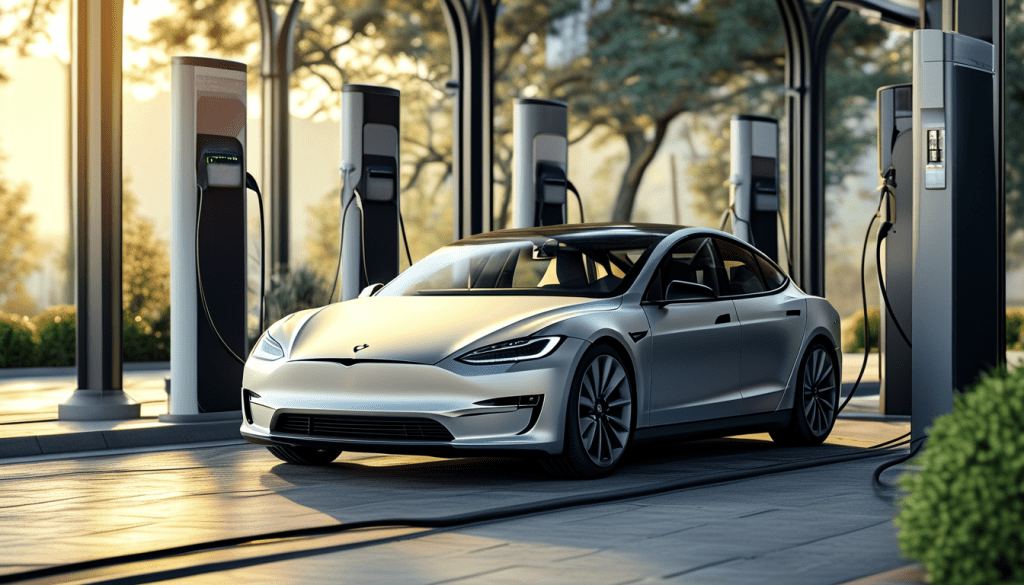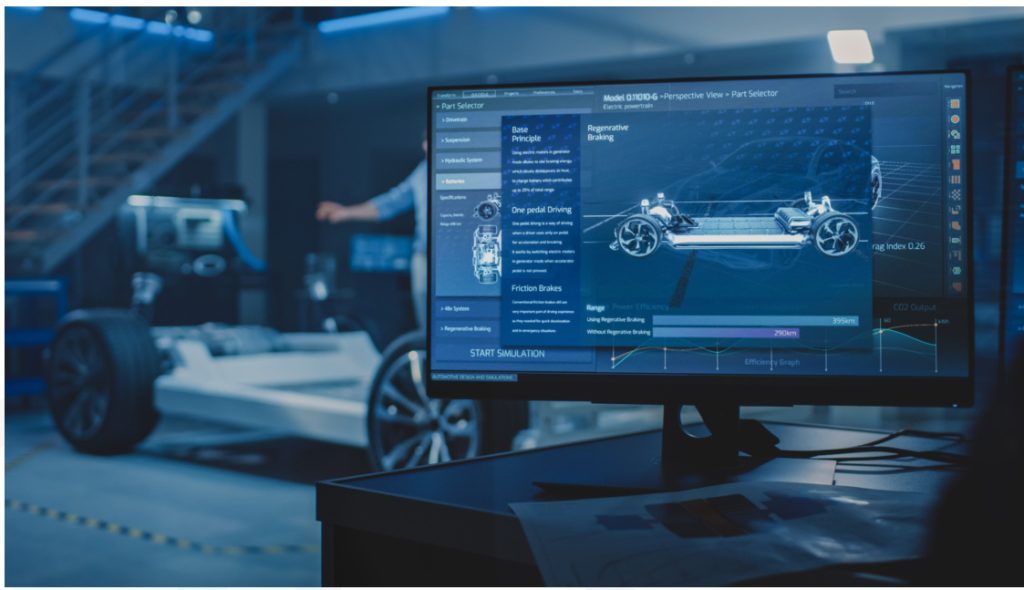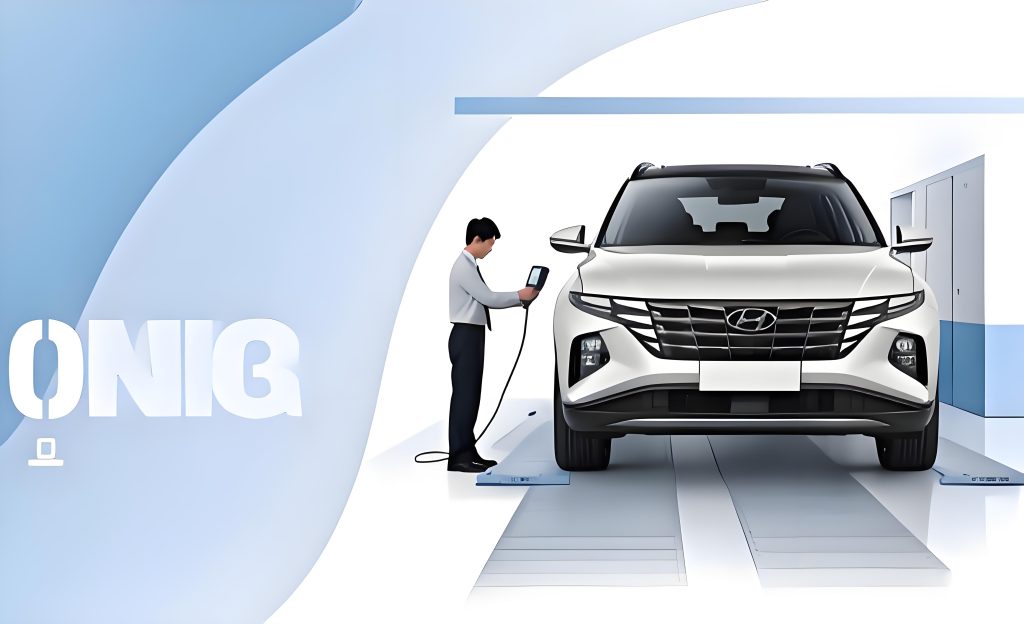I. Pre-Purchase Assessment: Local Compatibility is Key

1. Are charging conditions realistic?
Charging station coverage in Cambodia remains low (only 18 charging stations nationwide, with a vehicle-to-charging-station ratio of 1:83), especially outside the capital.
Prioritize confirming the feasibility of installing a home charging station: Cambodia’s residential electricity rates are relatively low (USD 0.38 per kWh), making home charging an economical and reliable option. If reliance on public charging stations is necessary, thoroughly verify the distribution of nearby stations (available via the Ministry of Public Works and Transport’s official website or app).
Avoid relying on fast charging: Frequent fast charging accelerates battery degradation, and fast charging stations are scarce in Cambodia, which may limit long-distance travel.
2. Does the daily driving demand match the vehicle’s capabilities?
If the primary use is commuting within Phnom Penh, a medium-to-small capacity battery (50–70 kWh) is more cost-effective, as it offers lower vehicle prices and faster charging times;
If you need to travel between cities (e.g., Phnom Penh to Sihanoukville), choose a model with a range of ≥400 kilometers (approximately 100 kWh battery capacity) and prioritize models that support ultra-fast charging technology (e.g., GAC Aion’s 480 kW ultra-fast charging).
Given Cambodia’s complex road conditions, prioritize SUV models with higher ground clearance and better suspension adaptability (e.g., AION Y Plus).
3. Does the budget include hidden costs?
In addition to the vehicle price, reserve funds for tariffs (Cambodia imposes high import taxes on complete vehicles), transportation fees, battery value-added tax (10%), etc.;
Compare with locally assembled models: For example, BYD plans to establish a factory in Cambodia (annual production capacity of 20,000 units), and the prices of localized models may decrease after production begins.

II. Vehicle Selection: Technical Parameters Determine Long-Term Experience
1. Battery Technology and Warranty Terms
Prioritize lithium iron phosphate batteries (LFP): such as BYD’s Blade Battery or Aion’s Modular Battery (both passed gunfire resistance tests), which offer better high-temperature performance and are suitable for Cambodia’s climate.
Carefully review warranty details:
Does it cover the entire system (“cell + module + battery pack”)?
Does it require maintenance at designated service centers?
What are the degradation standards (e.g., free replacement if capacity drops below 70%)?
2. Smart hardware must allow for future upgrades
If purchasing a high-end model (≥$25,000), computational power (TOPS value) should be ≥100 (e.g., equipped with NVIDIA Orin chip) to ensure support for OTA upgrades over the next 3–5 years.
Basic models may have lower requirements, but must confirm support for basic intelligent driving features (e.g., lane-keeping assist, automatic braking).
3. Brand technical capabilities and local service support
Choose brands with local partners in Cambodia: such as BYD (represented by Harmony Auto) and GAC Aion (represented by Xinghui Auto) to ensure timely after-sales response;
Avoid “rebadged vehicles”: prioritize brands with self-developed technology (such as BYD and Aion) and avoid products from assembly plants (high failure rates and difficult repairs).

III. Transaction Security: Mitigating Cross-Border Online Shopping Risks
1. Verify dealer qualifications
Confirm whether the dealer is an authorized brand agent (e.g., BYD’s official website lists authorized agents in Cambodia);
Beware of individual resellers: Lack of contractual protection increases the risk of fraud or inability to register the vehicle.
2. Clarify Price and Delivery Details
The contract must specify: total landed cost (CIF price), transportation method (sea/land), party responsible for customs clearance, and liquidated damages for delayed delivery;
Choose third-party escrow services for payments to avoid full upfront payment.
3. Understand customs clearance and registration policies
Required documents: Certificate of Origin (CO), Vehicle Conformity Certificate, Export Inspection Report;
Cambodia has a tax-exemption pilot program for new energy vehicles; consult the Ministry of Transport in advance for the latest list.
IV. After-Sales Support: Localized Services Are Key
1. Establish a Local Service Network
Confirm whether the brand has authorized service centers in Cambodia (e.g., in major cities like Phnom Penh and Siem Reap);
Check the local inventory status of common parts (battery modules, electronic control modules) to avoid months-long factory repairs.
Prioritize brands supporting battery swapping or diversified charging solutions
Models like NIO and ODO that support battery swapping technology can alleviate charging anxiety;
If selecting a charging model, ensure that a home slow-charging station is included with installation services.

V. Policies and Infrastructure: Long-Term Usage Environment
1. Cambodia’s Electric Vehicle Policy Benefits
Government target: 30,000 electric vehicles and 720,000 two-wheeled vehicles by 2030;
Future potential policies: Purchase subsidies, charging station construction subsidies, low-interest loans, etc. (referencing Thailand and Indonesia’s policies).
2. Progress in Charging Network Construction
The government plans to build 9,900–33,800 charging stations by 2050, with priority given to coverage along major highways (such as Highway 1 and Highway 4).
Summary Recommendations
For Cambodian consumers, purchasing Chinese new energy vehicles online should follow the principle of “localization first, then intelligence”:
Charging feasibility > range: Without stable charging conditions, even the longest range is meaningless;
Localized services > brand premium: Choose brands with joint venture partners in Cambodia (e.g., BYD, Aion) to avoid “one-time purchases”;
Policy alignment > parameter stacking: Monitor Cambodia’s tax-exempt vehicle list and localization production plans (e.g., price reductions after BYD’s factory begins operations).



